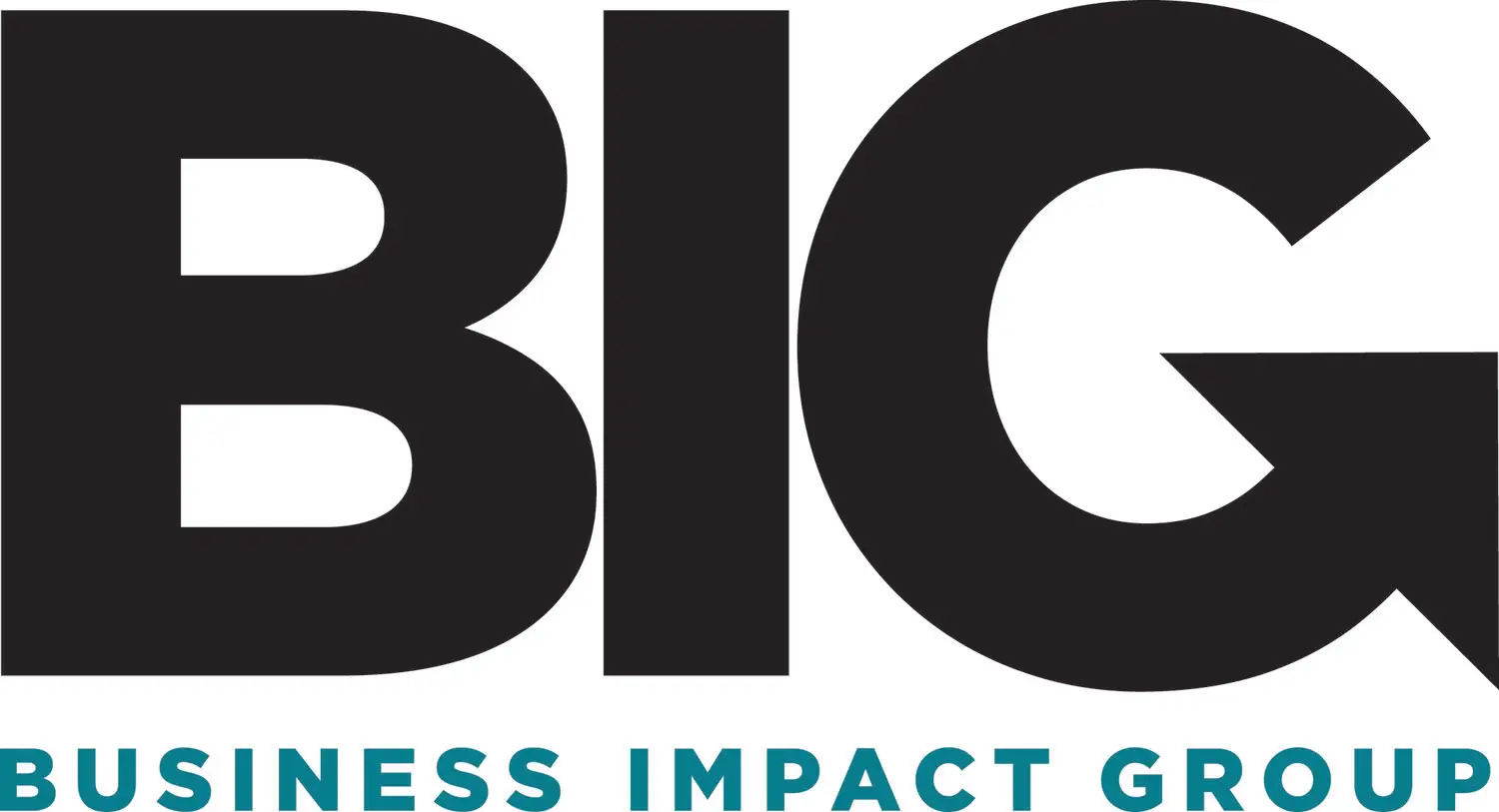In the ever-evolving landscape of marketing, seasonal campaigns hold a unique significance that can greatly enhance your business’s outreach and engagement. These campaigns allow you to tap into the natural rhythms of consumer behavior, aligning your marketing efforts with the times when people are most receptive to your message. By understanding the importance of seasonal campaigns, you can create a strategy that not only boosts your visibility but also fosters a deeper connection with your audience.
This connection is particularly vital in a world where consumers are inundated with choices and distractions. Seasonal campaigns provide an opportunity to refresh your marketing approach, making it relevant to current events, holidays, or seasonal changes.
They allow you to showcase your products or services in a context that resonates with your audience’s immediate needs and desires.
For instance, during the holiday season, people are often looking for gifts, making it an ideal time to promote referral programs that encourage customers to share their favorite products with friends and family. By capitalizing on these moments, you can create a sense of urgency and excitement that drives engagement and ultimately leads to increased sales.
Key Takeaways
- Seasonal campaigns are important for businesses to capitalize on specific times of the year when consumer behavior and purchasing patterns are influenced by seasons and holidays.
- The best seasons for referral campaigns are typically during peak shopping periods such as Black Friday, Christmas, and other major holidays when people are more likely to make purchases and recommend products to others.
- Creating seasonal referral incentives can be done by offering limited-time promotions, exclusive discounts, or special gifts to both the referrer and the new customer.
- Social media can be leveraged for seasonal referral campaigns by creating engaging and shareable content, running targeted ads, and utilizing popular seasonal hashtags and trends.
- Tailoring campaigns to specific seasons and holidays involves customizing the messaging, visuals, and offers to align with the theme and spirit of the occasion, making the campaign more relevant and appealing to the audience.
Identifying the Best Seasons for Referral Campaigns
When planning your referral campaigns, it’s crucial to identify the seasons that align best with your business objectives and target audience. Different industries experience peak seasons at various times of the year, and understanding these patterns can help you tailor your campaigns effectively. For example, if you operate in the retail sector, the holiday season is likely your most lucrative time, while businesses in the travel industry may find summer to be their peak season.
By analyzing your sales data and customer behavior, you can pinpoint the times when referrals are most likely to yield positive results. Additionally, consider the cultural and social events that resonate with your audience. Certain holidays or seasonal changes can evoke strong emotions and prompt people to share experiences with others.
For instance, Valentine’s Day is a time when people express love and appreciation, making it an excellent opportunity for referral campaigns centered around gifting or experiences. By aligning your referral initiatives with these significant moments, you can enhance their effectiveness and encourage more customers to participate.
Creating Seasonal Referral Incentives

Once you’ve identified the best seasons for your referral campaigns, the next step is to create compelling incentives that motivate your customers to refer others. Seasonal referral incentives should be enticing enough to capture attention while also being relevant to the time of year. For example, during the summer months, you might offer discounts on outdoor products or services, encouraging customers to share their experiences with friends who are also looking to enjoy the season.
Moreover, consider incorporating limited-time offers that create a sense of urgency. When customers know that they have a limited window to take advantage of a special deal, they are more likely to act quickly and share the opportunity with others. You could also explore tiered incentives, where customers receive greater rewards for referring multiple friends.
This approach not only encourages initial referrals but also fosters ongoing engagement as customers strive to reach higher reward levels.
Leveraging Social Media for Seasonal Referral Campaigns
In today’s digital age, social media platforms serve as powerful tools for promoting seasonal referral campaigns. By leveraging these channels effectively, you can amplify your reach and engage with a broader audience. Start by creating visually appealing content that highlights your seasonal offerings and referral incentives.
Eye-catching graphics or videos can capture attention as users scroll through their feeds, prompting them to learn more about your campaign. Engagement is key on social media, so encourage your followers to share their experiences with your products or services during the season. User-generated content can be a valuable asset; consider running contests or challenges that incentivize customers to post about their experiences while tagging your brand.
This not only increases visibility but also builds a sense of community around your brand as customers share their stories and recommendations with their networks.
Tailoring Campaigns to Specific Seasons and Holidays
To maximize the impact of your seasonal referral campaigns, it’s essential to tailor them specifically to the seasons and holidays you are targeting. Each season brings its own unique themes, emotions, and consumer behaviors that you can leverage in your marketing efforts. For instance, during autumn, you might focus on themes of gratitude and togetherness, encouraging customers to refer friends as a way of sharing their appreciation for loved ones.
Holidays also present an opportunity for creativity in your campaigns. For example, during Halloween, you could run a referral program that rewards customers for sharing spooky-themed products or experiences. By aligning your messaging with the spirit of each season or holiday, you create a more engaging experience for your audience that resonates on a personal level.
Tracking and Analyzing the Success of Seasonal Referral Campaigns

To ensure the effectiveness of your seasonal referral campaigns, it’s crucial to implement tracking mechanisms that allow you to analyze their success. Utilize analytics tools to monitor key performance indicators such as referral rates, conversion rates, and overall sales generated from the campaign. By gathering this data, you can gain insights into what worked well and what areas may need improvement for future campaigns.
Additionally, consider conducting surveys or gathering feedback from participants in your referral program. Understanding their motivations for referring others can provide valuable insights into how you can enhance future campaigns.
By continuously analyzing and refining your approach based on data-driven insights, you can optimize your seasonal referral strategies for even greater success.
Encouraging Repeat Referrals through Seasonal Campaigns
While attracting new customers through referrals is essential, encouraging repeat referrals is equally important for sustaining growth. Seasonal campaigns can play a significant role in fostering this behavior by creating a sense of loyalty among your existing customer base. Consider implementing loyalty programs that reward customers not only for their initial referrals but also for subsequent ones during different seasons.
You might also explore personalized communication strategies that remind customers of their past referrals while introducing new seasonal incentives. Sending targeted emails or messages that highlight upcoming campaigns can reignite interest and encourage customers to refer friends again. By nurturing these relationships and providing ongoing value through seasonal initiatives, you can cultivate a loyal community of brand advocates who consistently share their positive experiences.
Maintaining Consistency and Relevance in Seasonal Referral Campaigns
Finally, maintaining consistency and relevance in your seasonal referral campaigns is crucial for building trust and recognition among your audience. Ensure that your messaging aligns with your brand values and resonates with the expectations of your target market. Consistency in branding elements such as visuals, tone of voice, and overall messaging helps reinforce brand identity while making it easier for customers to recognize and engage with your campaigns.
Moreover, stay attuned to changing consumer preferences and trends throughout the seasons. What worked well last year may not necessarily resonate this year; therefore, it’s essential to remain adaptable and open to new ideas. By continuously evolving your seasonal referral strategies while maintaining core brand principles, you can create campaigns that not only capture attention but also foster lasting connections with your audience.
In conclusion, seasonal referral campaigns offer a wealth of opportunities for businesses looking to enhance their marketing efforts. By understanding their importance, identifying optimal seasons, creating compelling incentives, leveraging social media, tailoring campaigns effectively, tracking success, encouraging repeat referrals, and maintaining consistency, you can develop strategies that resonate deeply with your audience. Embrace the power of seasonal marketing to drive engagement and growth while building lasting relationships with your customers.
If you’re looking to enhance your understanding of how seasonal campaigns can boost referrals, you might find it beneficial to explore how broader business development strategies contribute to referral growth. A related article that delves into this topic is “5 Ways Business Development Contributes to Referral Growth.” This piece provides insightful strategies on leveraging business development to expand your referral network effectively. You can read more about these strategies by visiting 5 Ways Business Development Contributes to Referral Growth. This article is a great resource for anyone looking to deepen their understanding of integrating business development tactics with referral programs.
FAQs
What are seasonal campaigns?
Seasonal campaigns are marketing strategies that are designed to take advantage of specific times of the year, such as holidays, seasons, or special events. These campaigns are tailored to the specific time period and often incorporate themes, promotions, and messaging that are relevant to the season.
How can seasonal campaigns boost referrals?
Seasonal campaigns can boost referrals by creating a sense of urgency and excitement around a specific time of the year. By offering special promotions, discounts, or incentives during a seasonal campaign, businesses can encourage their existing customers to refer their friends and family to take advantage of the limited-time offers.
What are some examples of seasonal campaigns?
Some examples of seasonal campaigns include holiday sales, back-to-school promotions, summer discounts, and seasonal product launches. These campaigns can also be tied to specific events or occasions, such as Valentine’s Day, Mother’s Day, or Black Friday.
How can businesses use seasonal campaigns to encourage referrals?
Businesses can use seasonal campaigns to encourage referrals by offering referral bonuses, discounts, or exclusive deals to customers who refer their friends and family during the campaign period. They can also create shareable content and social media promotions that encourage customers to spread the word about the seasonal offers.
What are the benefits of using seasonal campaigns to boost referrals?
Using seasonal campaigns to boost referrals can help businesses increase their customer base, drive sales, and create a sense of excitement and engagement among their existing customers. It can also help businesses capitalize on the natural ebb and flow of consumer spending throughout the year.





